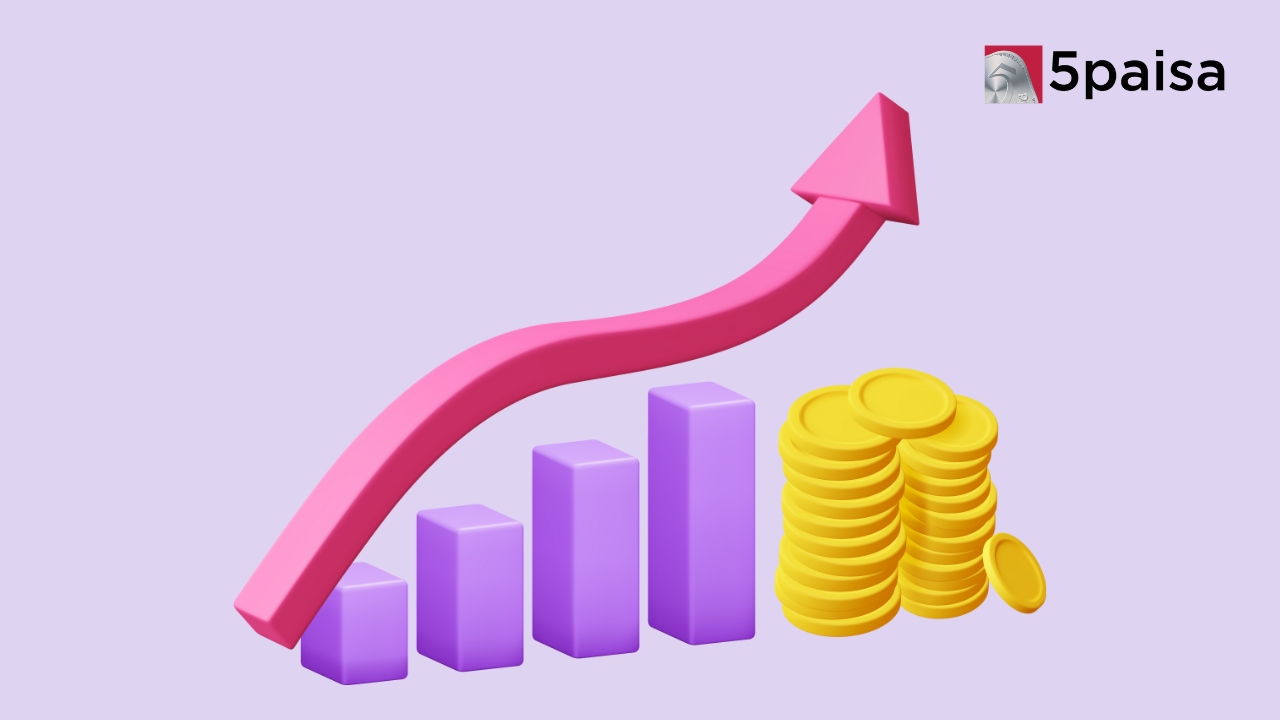How Nestle handled input cost pressures in Q4?

Last Updated: 9th December 2022 - 07:41 pm
When the Indian unit of the Swiss headquartered Nestle announced its quarterly results during the week, the one theme that stood out was the pressure on input costs. Nestle is not alone, because FMCG companies across the board including the likes of Hindustan Unilever, ITC and even Godrej Consumer Products have felt the pressure of rising input costs. Nestle has used a combination of price hikes and cost cutting to handle the situation.
The CEO of Nestle India, Suresh Narayanan, has been quite emphatic that there have to be a series of price hikes in its food and beverages franchise if it has to handle the spike in input costs at Nestle. In fact, Suresh is quite emphatic that inflation is here to stay and that too for a fairly prolonged period. Nestle, is therefore, looking at a combination of price hikes at the front end as well as cost-cutting and other efficiency measures at the back end.
This is perhaps the first admission by the CEO of a leading food company that a new thinking was needed among FMCG companies to handle the sticky side of input inflation in the months ahead. It is not just Nestle but even others like Britannia have been thinking on similar lines. Rural markets have been weak and input cost pressures are intense. To a large extent, the input cost problems at Nestle are an outcome of rising food inflation.
Commodity inflation and the impact on Nestle
As the MD and CEO of Nestle, Suresh Narayanan, put it, “Nestle is grappling with inflation in key commodities and raw materials at multiple levels. For instance, there is a sharp spike in input inflation in input items such as arabica coffee, edible oil, sugar, wheat flour, aluminium, plastic-PP and paper”. Incidentally, most of the product prices mentioned above are at or close to a 10-year high, which makes the problem all the more intense.
In the latest quarter, this input cost thrust has impacted margins in a big way. To an extent the impact has been visible on the gross margins despite the price hikes, which has at best mitigated the impact. Nestle’s gross margin for the fourth quarter ended Dec-21 fell by 205 basis points on a YoY basis. Had it not been for the 1-2% price hikes effected by the company, the pressure on Nestle margins could have been a lot steeper. However, Narayan underlined that in their pecking order of options, price hikes came last.
Some reasons for Nestle to cheer
One reason, Nestle can still afford to celebrate is that its rural top line growth was still 9-10%, at a time when most of the other FMCG companies were struggling with either flat or lower rural sales. Since the post-COVID migration began, Nestle has carefully and consciously seeded the Nestle brands in the rural and semi-urban areas in a proactive manner. That is clearly paying off now for Nestle.
For Nestle, this growth is very significant as Nestle India still draws around 20-25% of its sales from the rural and semi-urban areas. There is almost a consensus that despite a high inflation base, this year is also likely to see high input cost inflation. For Dec-21 quarter, Nestle witnessed 8.9% growth in net sales on a YoY basis. However, despite its best efforts on the input cost management, the net profits fell by -20% YoY.
- Flat ₹20 Brokerage
- Next-gen Trading
- Advance Charting
- Actionable Ideas
Trending on 5paisa
Indian Stock Market Related Articles
Disclaimer: Investment in securities market are subject to market risks, read all the related documents carefully before investing. For detailed disclaimer please Click here.
 5paisa Research Team
5paisa Research Team
 Sachin Gupta
Sachin Gupta




